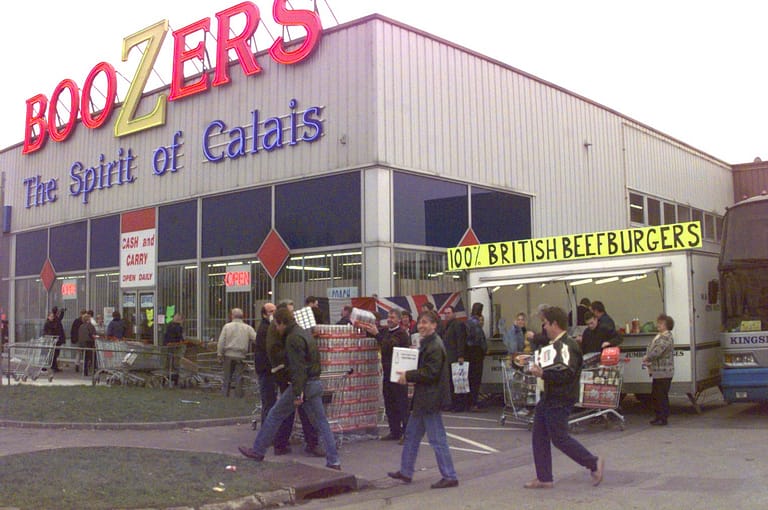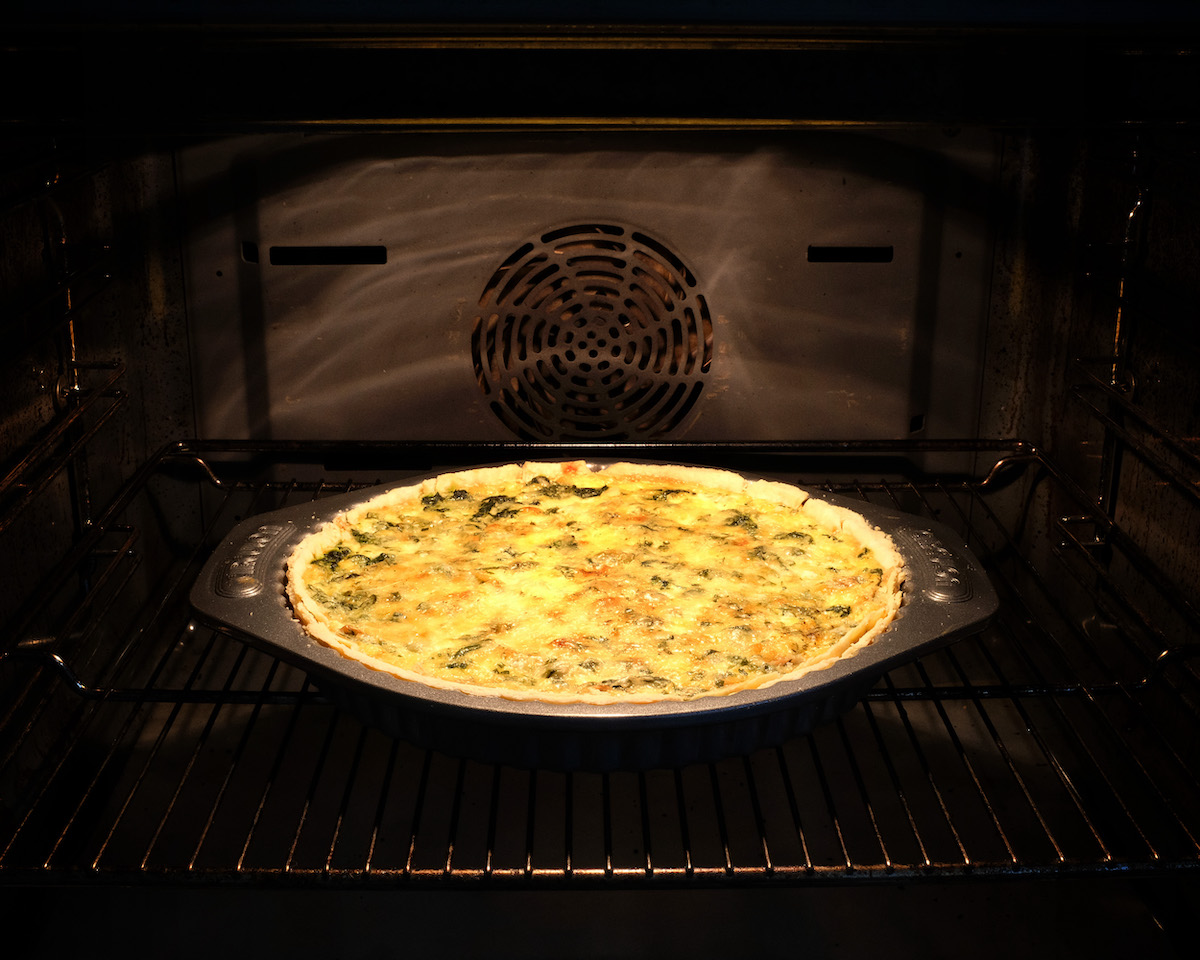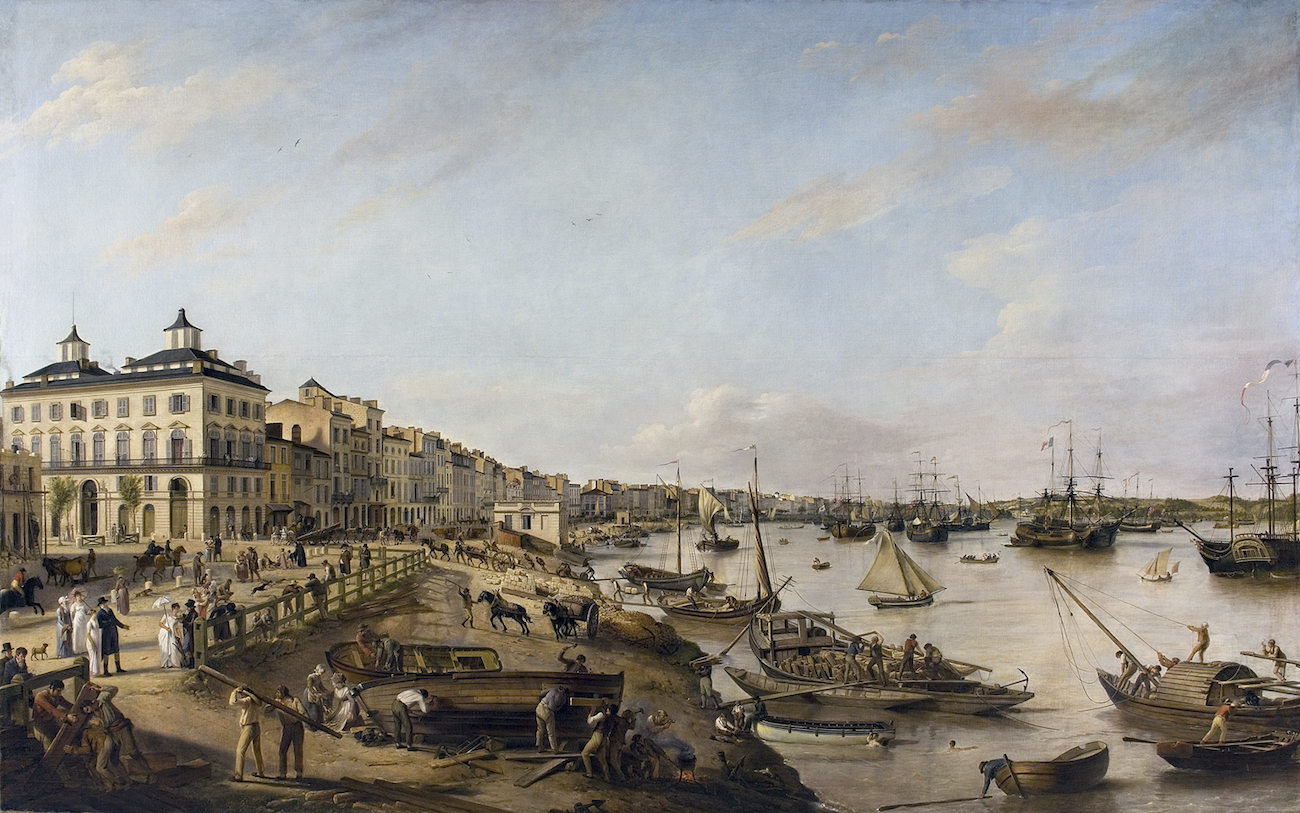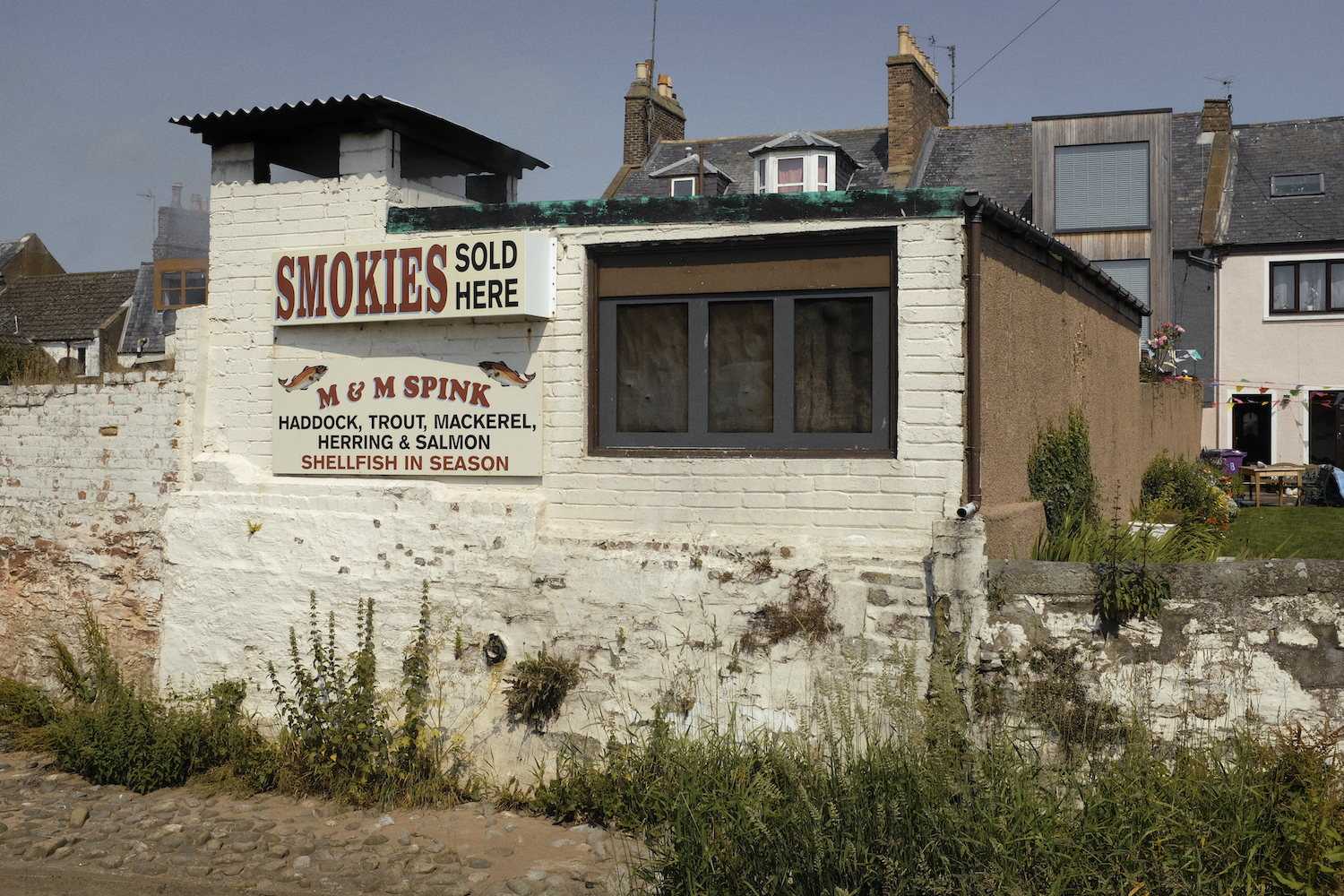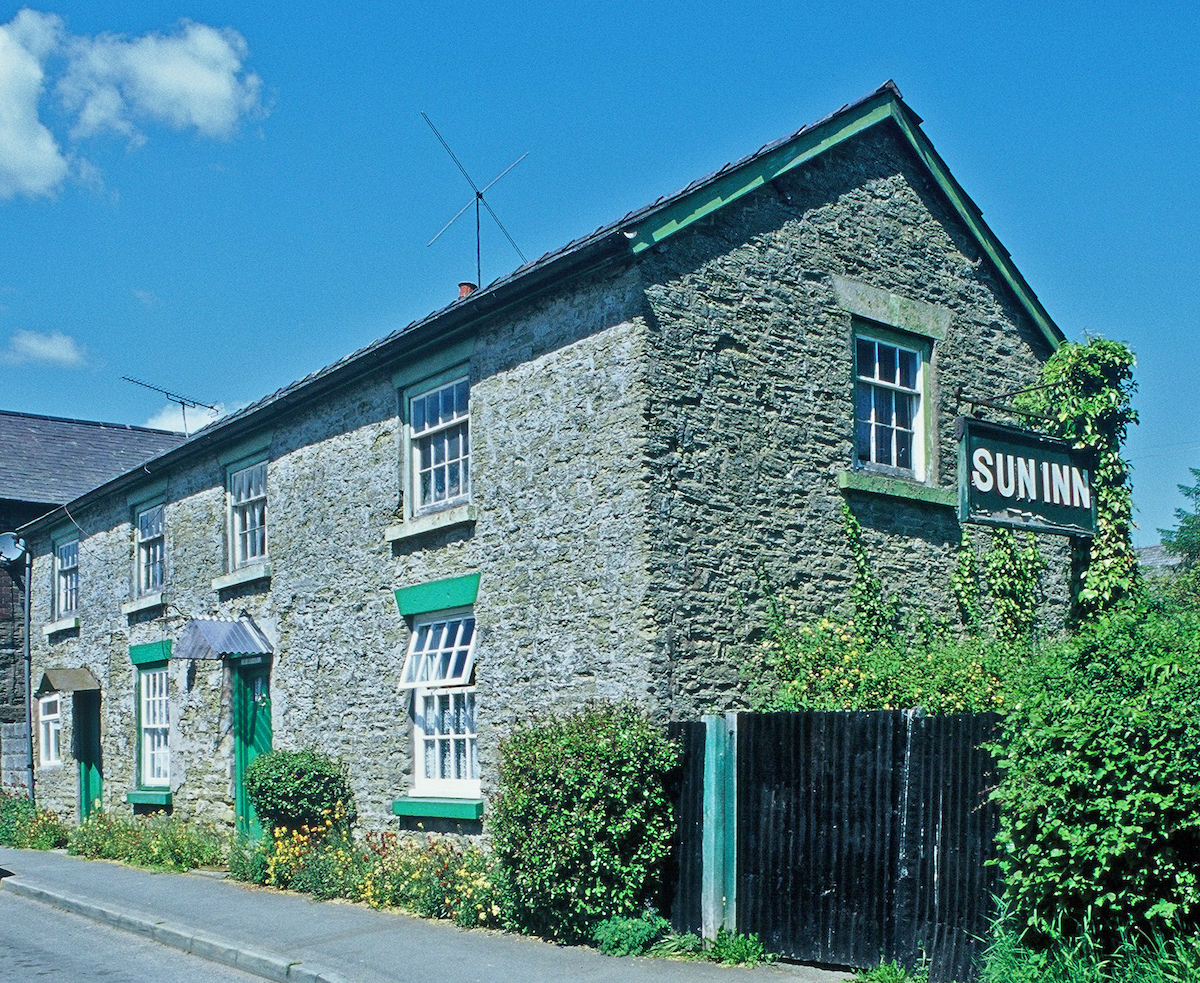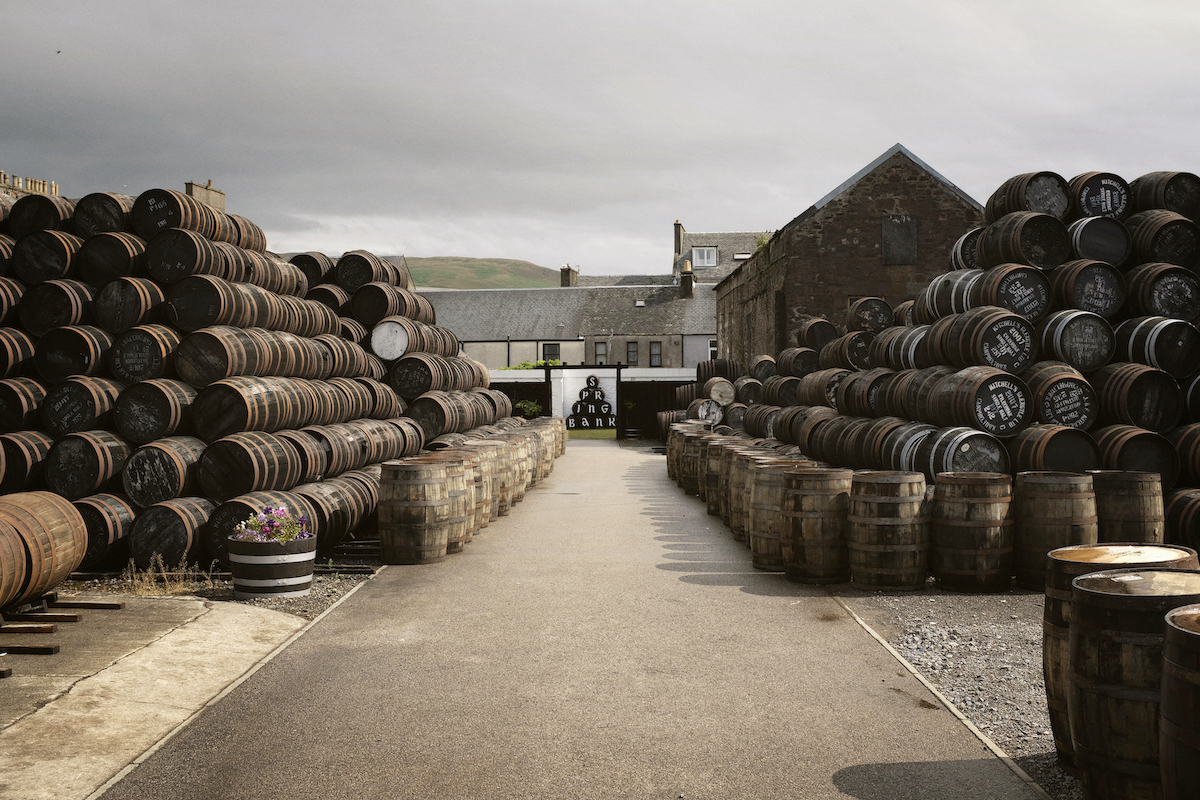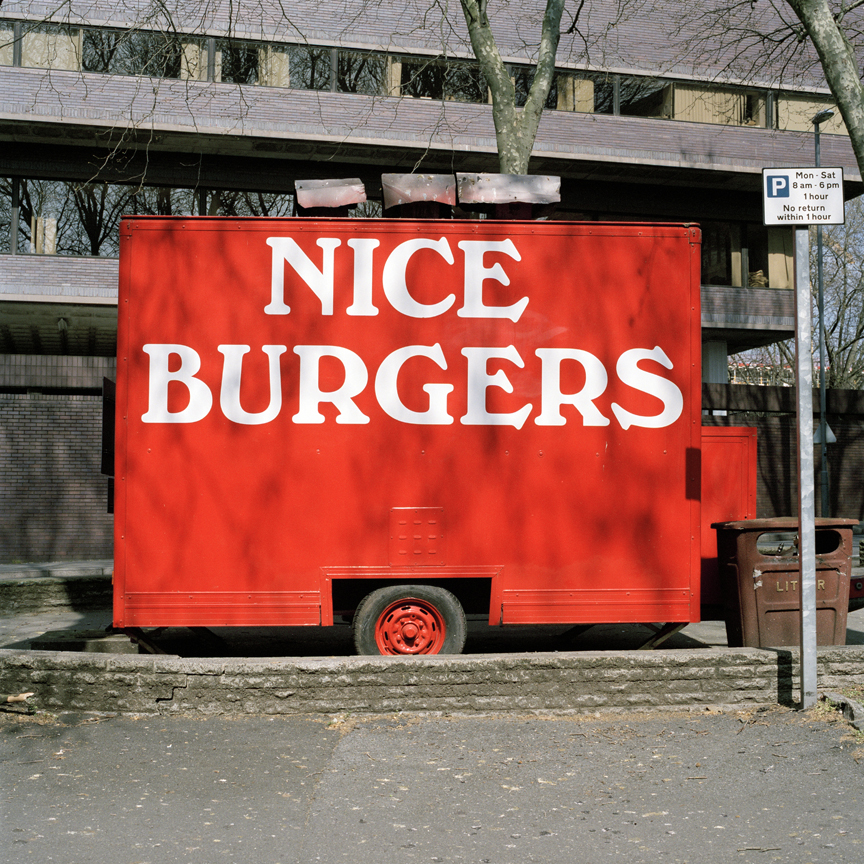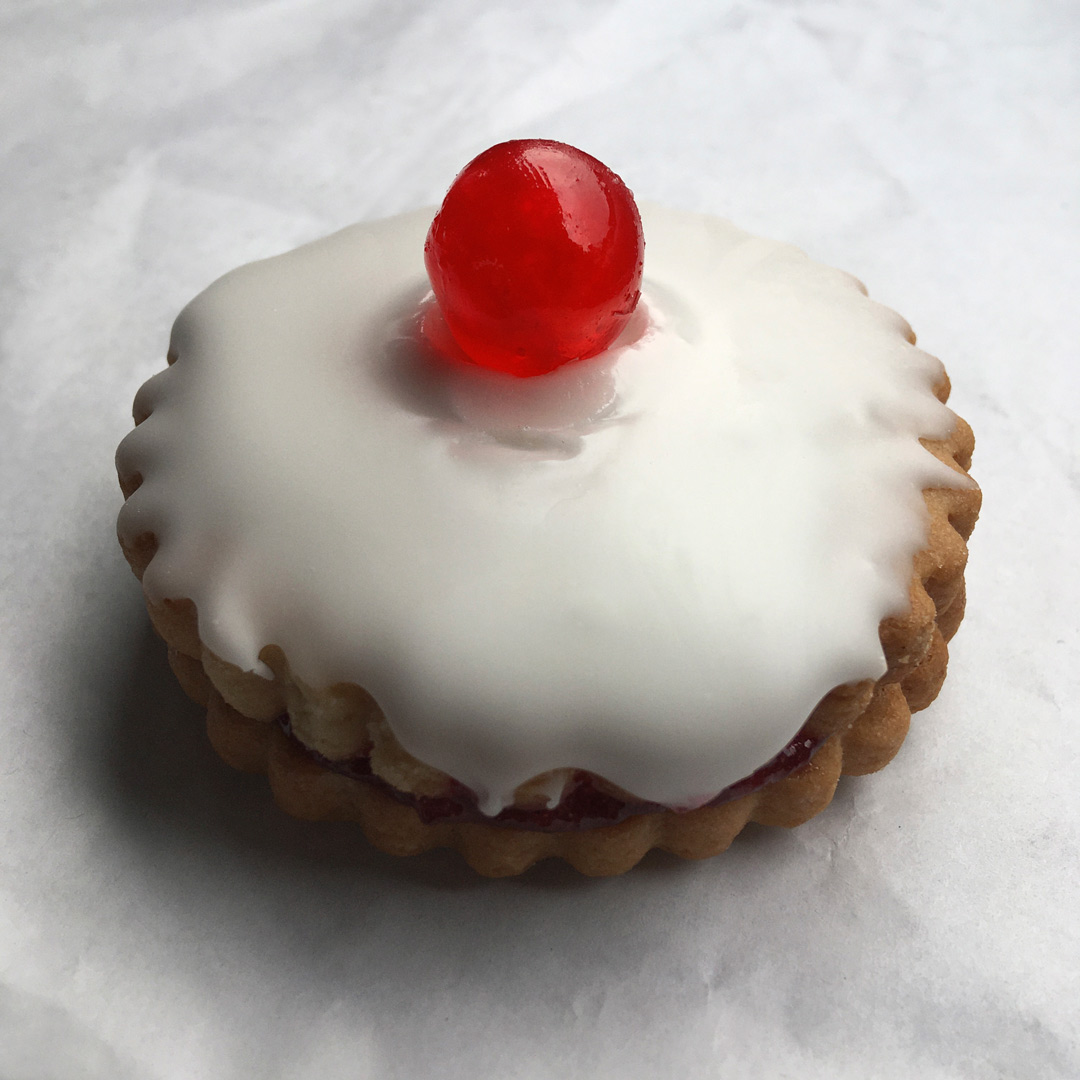CAPTAIN SCOTT'S BISCUIT I Polar Museum, Cambridge, England
In honour of National Biscuit Day, 29th May 2023.
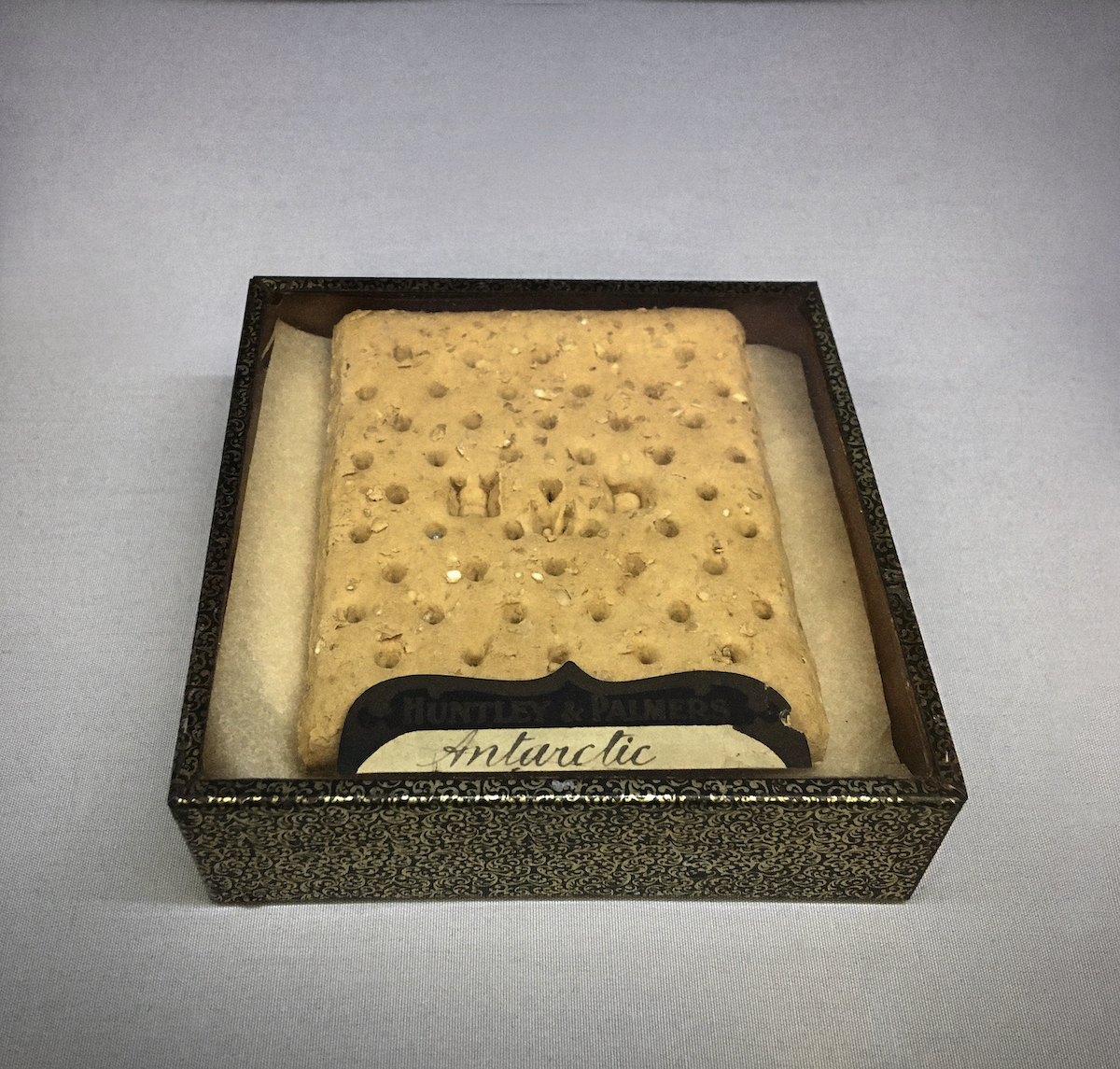
Words and image by The Coracle
What could be more British than a biscuit? Quite a lot it seems since the one and only Delia Smith tells us the origins of the word biscuit derive from the French for ‘twice-cooked’. It gets worse. The Lotus Biscoff is the UK’s most popular biscuit but this comes from the Belgian town of Lembeke. Normal service is resumed with the second most popular. Shortbread. This was also the Queen’s favourite. Phew.
One of the UK’s most revered biscuits sits quietly on display in the wonderful Polar Museum in Cambridge. It was once owned by Captain Scott of the Antarctic, famously beaten to the South Pole by Roald Amundsen. Before setting out Scott instructed his team of dog handlers to transport three cases of biscuits as part of enough food to feed four men for a week on the way back from the Pole. These British biscuits were made with white flour and sodium bicarbonate, whereas the biscuits of the first man to reach the Pole, Norwegian Roald Amundsen, consisted of the more nutritious oatmeal and yeast. The latter provided vital B vitamins to sustain the nervous systems of Amundsen’s men. Scott subsisted on a diet of biscuits and pemmican, which is tinned chunks of compacted dried meat. It sounds more like a diet for his dogs. These two staples proved an inadequate diet, with 505 calories per biscuit, their diet was deficient by 800 calories and this would be one of the obstacles that stopped Scott from returning alive. The power of the biscuit.
Despite their lack of nutrition, Scott’s biscuits were not just any old biscuits, they had history. Also known as hard-tack or ship’s biscuits, they were similar to those eaten by soldiers in the WWI trenches or by British sailors from the 17th to the early 20th century. Tack is British sailor slang for food. Delia tells us that up until the early 1900s, housewives baked their biscuits twice so maybe Scott and his men were used to cracking the odd tooth. These naval issue biscuits were baked up to four times to withstand long voyages. Very very dry, they would last for decades which was perfect if you got stuck in the ice over winter. What was required to make them edible was some serious dunking. Dunking has its origins in the 16th century British navy, some sailors would drop the hard tack completely into their morning coffee so the weevils that often ate the biscuits, would float to the top and could be picked off.
These were not just any hard tack biscuits, they were made by Huntley and Palmers. The firm was started as a small bakery in Reading by the Quaker Joseph Huntley in 1822. He was supported by his son Thomas Huntley and the pair were soon joined by George Palmer. A few decades of Victorian rule later and they were the most famous biscuit company in the world, selling in 137 countries. Reading was nicknamed the Biscuit Town and the football team was dubbed the Biscuit Men. The original Huntley & Palmers factory was closed by French food giant Danone in 1990, at least it wasn’t the Norwegians.
So what happened to our good Captain Scott then? His diary entry for March 19th 1912 notes; ‘We camped with difficulty last night, and were dreadfully cold till after our supper of cold pemmican and biscuit and a half a pannikin of cocoa cooked over the spirit’. Things were looking tragically worse by March 29th; ‘Since the 21st we have had a continuous gale from W.S.W. and S.W. We had fuel to make two cups of tea apiece and bare food for two days on the 20th. Every day we have been ready to start for our depot 11 miles away, but outside the door of the tent it remains a scene of whirling drift. I do not think we can hope for any better things now. We shall stick it out to the end, but we are getting weaker, of course, and the end cannot be far. It seems a pity, but I do not think I can write more. For God’s sake look after our people’.
The tent with the bodies of Scott and his companions was found by a search party eight months later and the diary with some belongings were brought back to the motherland. The Huntley and Palmers business faired better and was resurrected by entrepreneurs Nigel McRea and John Sandon, who re-registered the company in Reading and began producing biscuits again in 2004. 100 years after the death of Scott and his companions, the firm reissued the original expedition biscuit. The Reading Evening Post was given access to a packet and conducted a taste test which produced a mixed reaction. One high street shopper said: ‘If I was castaway on a desert island I would eat them – if there weren’t any bananas’.
See the biscuit live for yourself (as well as a similar biscuit found in Scott’s tent) at the Polar Museum in Cambridge which is worth many many visits
In the UK, ship’s biscuits have mostly been poshed up into water biscuits but try these Icelandic delicacies for a taste of the real thing
Or bake your own with this recipe from the National Maritime Museum
Order some once baked biscuits from Huntley and Palmers fine foods
You can delve deeper into biscuits at Reading Museum
More info on National Biscuit Day here
